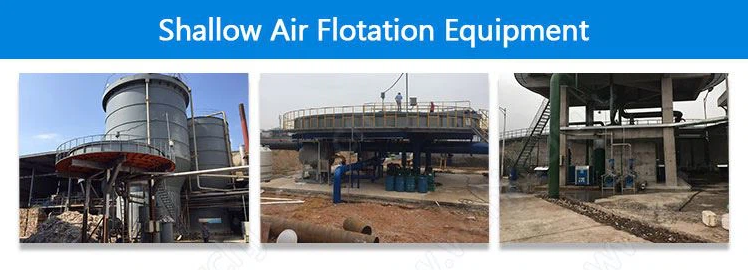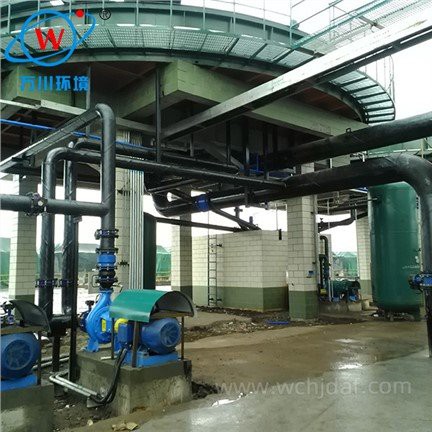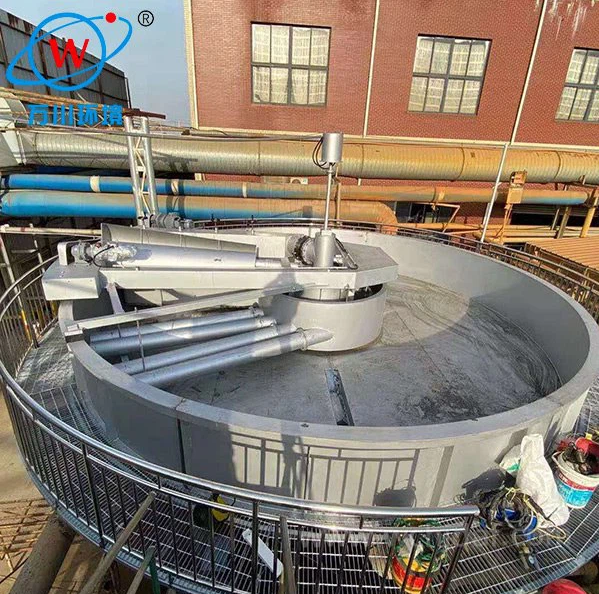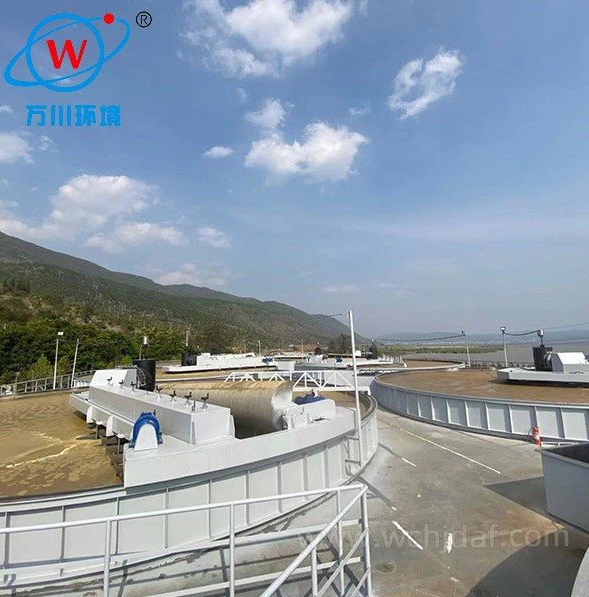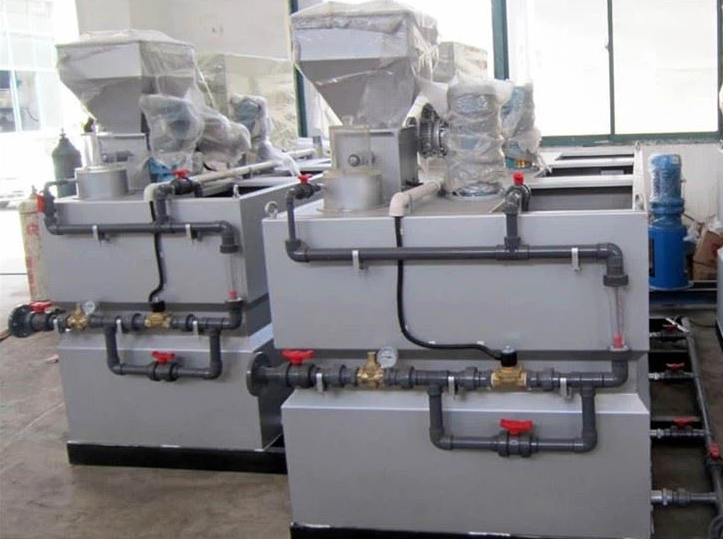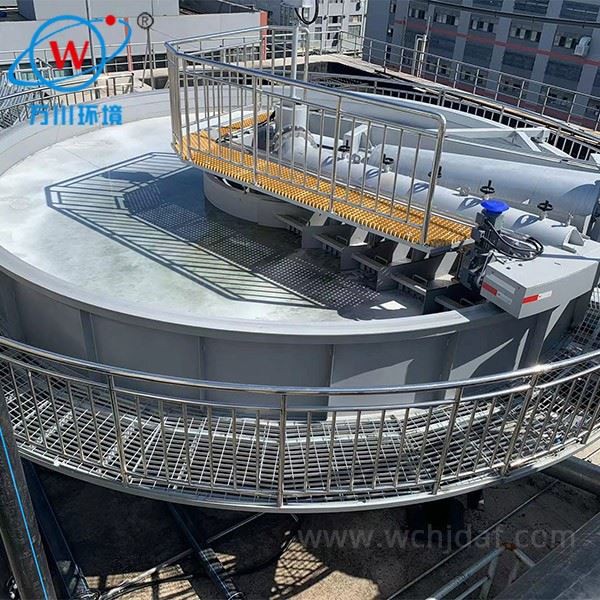1. Real-time water quality monitoring
Continuously monitor the influent water quality, and use water quality testing instruments to conduct high-frequency testing of key indicators such as pollutant concentration and pH in sewage. For example, when the concentration of suspended matter or organic matter in sewage is detected to be increased, it is necessary to appropriately increase the amount of flocculant to ensure that the agent fully reacts with the pollutant to form flocs that are easy to float and separate. Usually, a comprehensive water quality test is carried out every 1-2 hours to capture water quality changes in time.
2. Select precision dosing equipment
Use high-precision dosing pumps and metering devices. High-quality dosing pumps can accurately control the output flow of the agent, and the error can be controlled within a very small range. For example, an electromagnetically driven dosing pump can accurately control the current size and stably adjust the pump stroke, thereby achieving precise control of the dosage. At the same time, it is equipped with high-precision flow meters and liquid level meters to provide real-time feedback on the flow rate of the agent in the dosing pipeline and the amount of the agent in the dosing box, so that the operator can make timely adjustments.
3. Build an automated control system
Use sensors to collect the flow rate and water quality data of the incoming water in real time and transmit them to the programmable logic controller (PLC). The PLC automatically calculates and outputs control signals based on the preset control model and algorithm, and dynamically adjusts the operating frequency and stroke length of the dosing pump. For example, when the inlet flow increases, the system automatically increases the operating frequency of the dosing pump, increases the dosing amount, and ensures that the agent and sewage are mixed in a suitable proportion. The system can also set an alarm function. When the dosing amount deviates from the preset range, an alarm will be issued in time to remind the staff to intervene.
4. Conduct experiments and optimization
Before the equipment is put into formal operation, a large number of simulation experiments are carried out to test a variety of agent combinations and dosing amounts for different water quality conditions, record the flotation effect, and thus determine the best dosing plan. During the operation of the equipment, the dosage is continuously fine-tuned according to the actual effluent water quality and treatment effect, and the dosage control strategy is continuously optimized to ensure that the dosage is always in line with the water quality changes, ensuring the stable and efficient operation of the flotation equipment.
